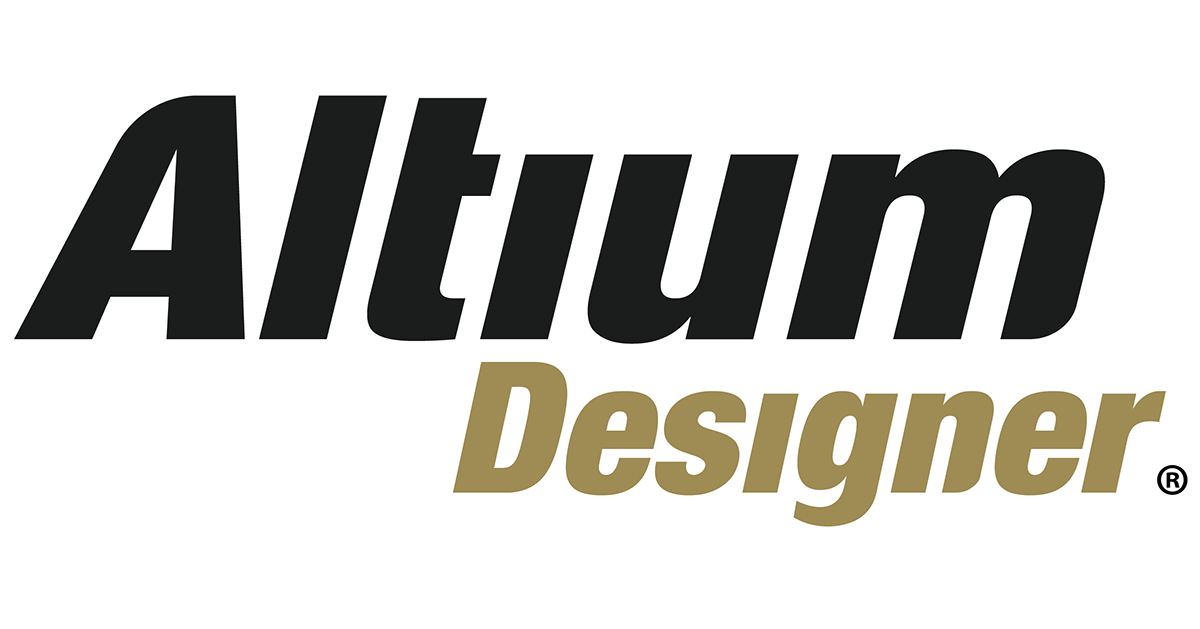
While Altium Designer is a relatively easy program to start working with, there are so many tricks, shortcuts and extra options to be discovered (which keeps me excited to always learn more!). I decided to create some kind of cheat-sheet for personal reference and I believe that it can also be helpful for other users out there.
Note [PCB+SCH] means command is available in PCB and Schematic mode, [PCB] means it is only available in the PCB editor. View » Desktop Layouts » describes navigating the _View menu.
I will update this list whenever I find new something tricks worth sharing!
Most used shortcuts
-
[PCB+SCH]Space to rotate components, change routing orientation. -
[PCB+SCH]Tab to change properties of the component you are placing. -
[PCB+SCH]Page Up/Down zooms in and out of the design. -
[PCB+SCH]Ctrl+Mousewheel zooms in/out. -
[PCB+SCH]Shift+Mousewheel pans left/right. -
[PCB+SCH]Hold Shift while dragging, makes Altium pan faster. -
[PCB]Ctrl+D Snaps components to the grid, making it easier to align them. If you move multiple components at once, the will probably result in the being all off the grid. -
[PCB]Ctrl+Click on a net highlights everything connected to that net -
[PCB]Q switches between metric and imperial units -
[PCB]P open the place menu, P __» __T starts the interactive routing tool -
[PCB]* (from numerical keypad) change the routing layer, inserting a via in accordance with your current design rules. -
[PCB]Ctrl+M measures the distance between two points -
[PCB]L brings up the layer dialog for showing and hiding the different board layers -
[PCB]Shift + S focus on the current layer, graying the rest. -
[PCB]Shift + W while routing, you can use it to select a wider selection of width
PCB Routing Tips
-
To quickly add a polygon pour of the entire board, go to Tools » Polygon Pours » Polygon Manager » Create New Polygon from… and select Board Outline.
-
If you are overwhelmed by the number of connections when routing a PCB, and you intend to pour a ground plane, you should hide the GND net. View » Connections » Hide Net
-
If your board features a few polygon planes, such as ground planes, it is easier to manage them through Tools » Polygon Pours » Polygon Manager. Multiple pours on many layers slow down Altium and make routing hard. Shelve polygons to alleviate this.
Schematic Tips
- When adding new components, add a Parameter with a link to the datasheet and a link to where you can buy the parts, it can be very handy when you want to prototype a board, so you have in the BOM a link to all components where you can quickly add to the basket.
Oh My God What Have I Done Moments
-
OMG I can’t click on anything and all the components are grayed out
You probably have a mask set. Clear the mask by selecting Clear in the bottom right corner of the window. -
The most common reason for being unable to import changes from the schematic editor to the PCB is because you have forgotten to give components a valid designator (still is suffixed with a ? or duplicated designator), or the footprint for a component can not be found.
-
When you import changes from the schematic editor to the PCB you will often see Failed to Match …. Components Using Unique Identifiers. Normally this is because you have copy and pasted components, moving them between sheets for example. In this case the warning is harmless (you should make it go away by matching the SCH and PCB components in Project » Component Links window). It can however be a sign that you have made a mistake in the schematic (see explanation above).
Note: Content has been adapted from http://johnstowers.co.nz/pages/altium-designer-tips.html.